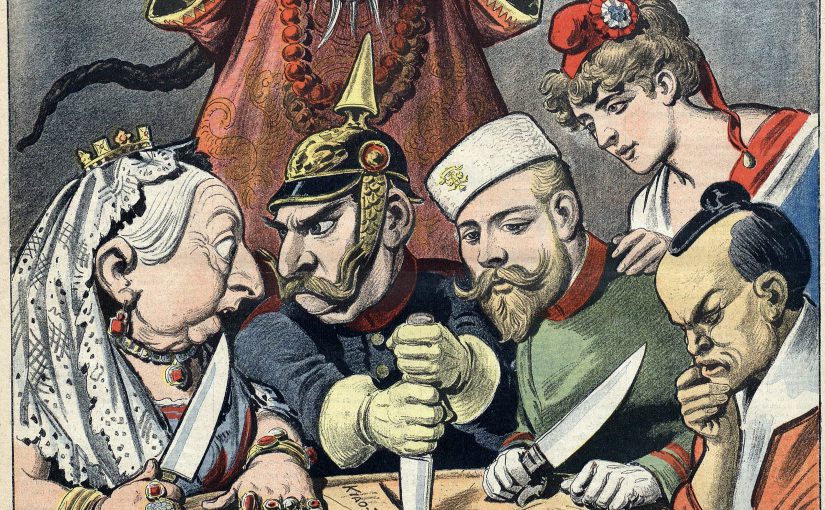Helping students to understand how political cartoons are constructed and how every part of the image, and the way the parts relate to each other, are important when analysing such cartoons
Students often struggle to identify the main message of a political cartoon, because they do not know how to read the different aspects of them for meaning. This is a strategy to help them analyse every detail and to consider its importance.
Preparation
Prepare for students packs of symbols that are often used for political purposes. These might include: hammer, sickle, eagle, irons, dragon, ping-pong, rockets, tanks, marathon-runner, specific people (such as Stalin, Churchill, Reagan, Castro), specific famous images (Berlin Wall, maps). The images you choose may be defined by the sort of topic you are studying. This strategy is applicable to many topics. It is assumed that your students are familiar what a political cartoon is.
Step 1
Give small groups a pack of the symbols and ask them to spread them out in front of them.
Step 2
Ask each group to create a political cartoon using 10-15 of the symbols and any other images they want to draw. No words are allowed! Students need to make sure their cartoon comes from a particular perspective. (They can have free choice, or the teacher can tell them the perspective to take e.g.USSR and USA in a Cold War topic.)
Step 3
Groups move to a cartoon made by another group. They then have to study the cartoon and give it a caption.
Step 4
The original group then looks at the caption that has been given to their cartoon. Is it what they intended? The group can then amend and improve their cartoon to make the main message clearer, and they can amend the caption.
Step 5
Another group then tries to answer the question: ‘What is the key message of the cartoon?’ They use the cartoon and the caption. They then present their ideas to the original group and discuss what the main message is supposed to be and how the different symbols help to show this.
The purpose of going through these steps, whether topic specific or general, is to enable students to understand how every aspect of a political cartoon needs to be considered in order to access the key message.
Header image: “China — the cake of kings and… of emperors” French political cartoon from 1898. An illustration from supplement to “Le Petit Journal”, 16th January 1898. This reproduction from Bibliothèque nationale de France.
